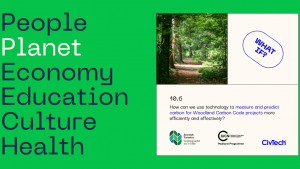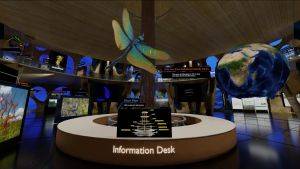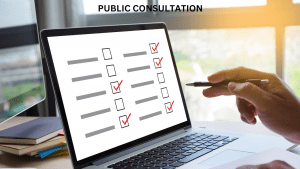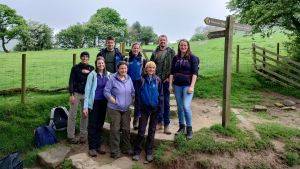The IUCN UK Peatland Programme has launched a new briefing “Peatlands and Methane” that summarises the science around methane emissions from peatlands. The publication explains the natural processes that lead to methane production and compares greenhouse gas emissions from intact, drained, and rewetted peatlands.
The risk of increased methane emissions from rewetted peatlands is sometimes seen as an argument to avoid peatland rewetting. However, it is important to consider all greenhouse gas (CO2, N2O) fluxes to determine whether a peatland is a net sink or source of carbon – methane should not be considered in isolation. Whilst methane emissions can initially increase after rewetting, the overall greenhouse gas emissions from rewetted peatlands are significantly lower than emissions from drained peatlands and far more similar to near-natural, healthy peatlands. Near-natural, healthy peatlands can also act as net greenhouse gas sinks, so not only is it important to rewet drained peatlands, but to protect existing healthy peatlands from damage as well.

Graph showing average methane, carbon dioxide and overall greenhouse gas fluxes from peatlands in different conditions, based on data from Evans C, Artz R, Burden A, et al. Aligning the Peatland Code with the UK Peatland Inventory. Report to Defra and the IUCN (International Union for Conservation of Nature) Peatland Programme. March 2022.
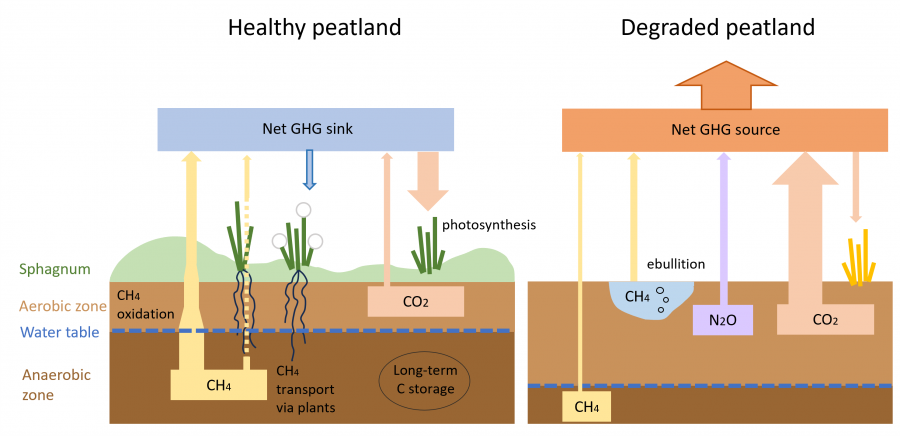
Although methane is 28 times more potent at trapping heat in the atmosphere than CO2, its atmospheric lifetime is much shorter (~12 years) compared to CO2 (up to hundreds of years). As most methane emitted by peatlands is produced from recent vegetation which absorbed CO2 from the atmosphere to grow, the CO2 produced as the atmospheric methane decomposes does not contribute further to global warming.
Rewetting drained peatlands is the best option for reducing emissions and should be done as quickly as possible. Methane emissions from rewetting can be further limited by applying appropriate management techniques summarised in the publication.
Visit our briefings page here to read the full document and browse our other publications.






